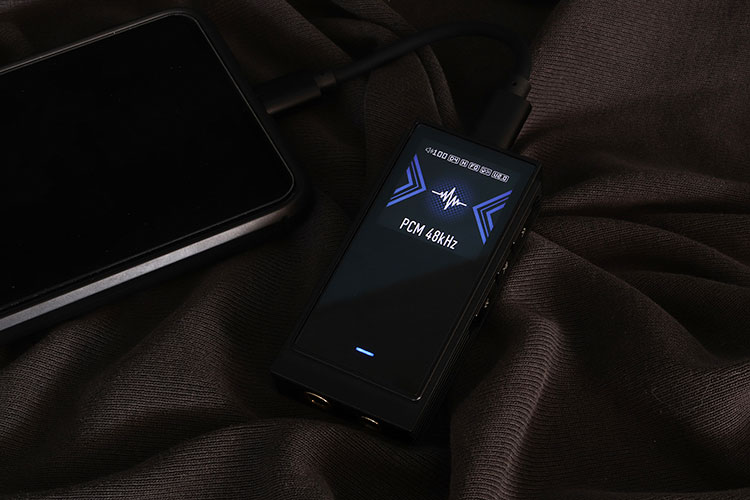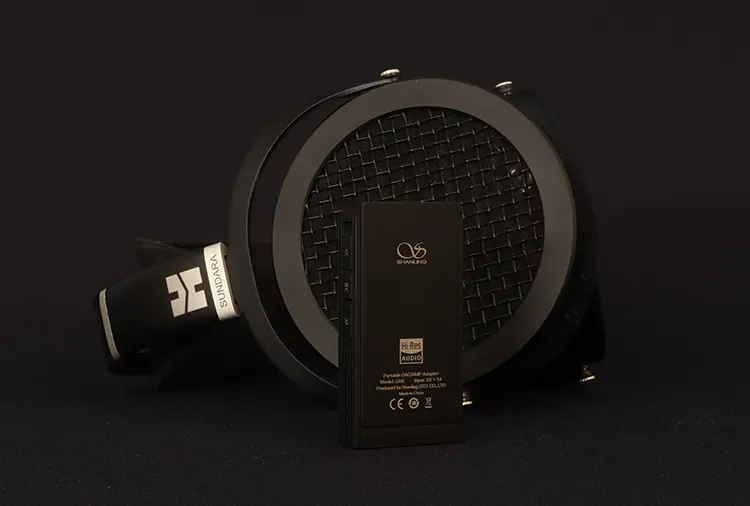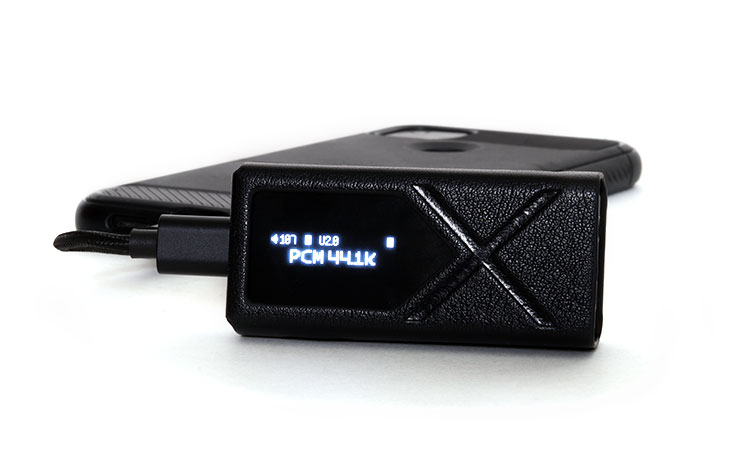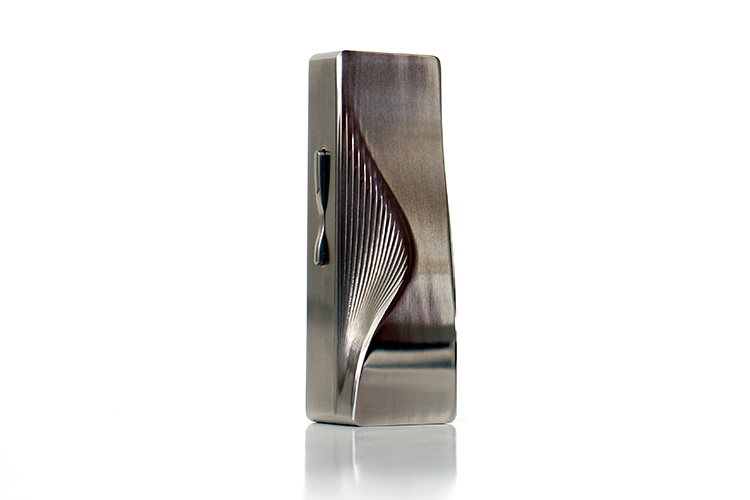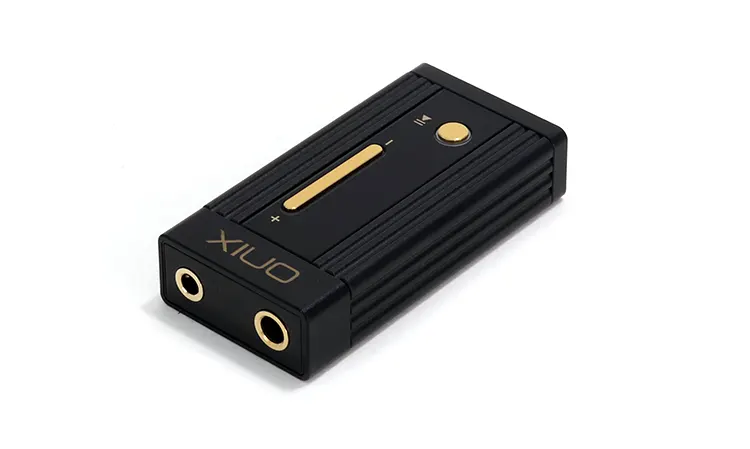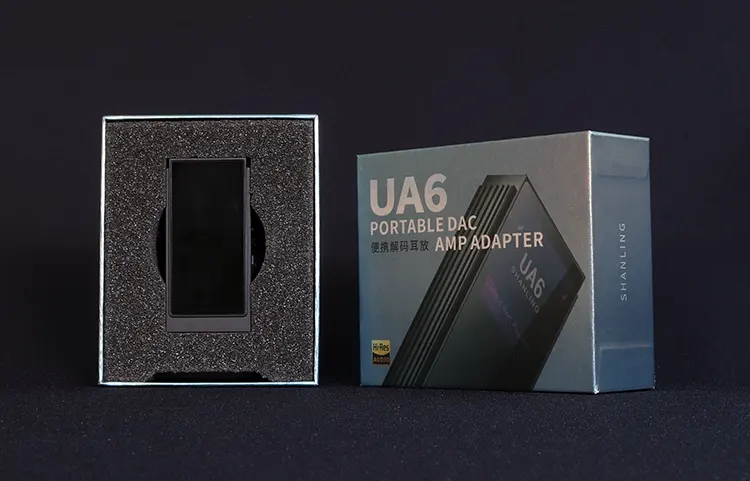Synergy
Power
I would certainly stick to IEMs and the most efficient headphones with this one. I found the power output adequate on IEMs but some headphones might present a challenge to the UA6, drivability-wise.
For example, my Sundara’s were adequately powered but the bass was presented with a lack of definition due to the lack of power, especially at loud volume levels. But with the Ananda Nano, the bass behaved properly.
With something like the MEZE Audio 99 Classics, the bass response was properly produced and if you’re planning on using headphones, stick to low-impedance dynamic models. I would certainly stay below 150Ω.
Pairings
The Shanling UA6 offers a balanced sonic experience, ideal for those looking for clarity and refinement over coloration. It pairs well with a wide range of IEMs and headphones, making it a versatile option for portable Hi-Fi listening.
However, I would consider warm-sounding IEMs first or those with good bass like the THIEAUDIO Oracle MKII or the ORIVETI OH700VB placed on the warm setting to counteract the UA6’s neutrality. Even the ORIVETI OD100 would benefit from the pronounced top end.
Select Comparisons
FiiO KA17
Technical
The FiiO KA17 is also placed as the top model within FiiO’s dongle DAC lineup. This top model strikes a pose similar to the UA6 but not on paper, the similarities are mostly appearance-wise.
The largest difference between these two models lies within the hardware and DAC section since FiiO uses a pair of flagship ES9069Q with an XMOS fed from a USB-C port.
The FiiO KA17 slacks off with DSD decoding and only reaches DSD256 levels but does MQA full decoding and that could tilt the scale if you have MQA files.
Power output is considerably higher on the 650mW at 32Ω rated KA17. Inside the KA17 you’ll find a THX-certified AAA78+ amplification setup borrowed from the FiiO M11 Pro and they do share sonic characteristics if you’re familiar with that model.
Design
Appearance-wise, these two dongles share many traits starting with an all-aluminum body, and a screen with many options selectable onboard or through their corresponding app.
They also share similar connectivity and onboard controls. FiiO’s control app does have a few more features.
One aspect I like about the KA17 is that it comes with a leatherette case. Unfortunately, it’s the only one who does include one within this comparison and I think this should be standard fare.
Performance
The KA17 certainly produces more oomph and it’s a harder-hitting dongle DAC. That was expected because FiiO posted a power output rating almost twice as high as the UA6. 550mW versus 361mW to be exact.
The bass response was the most noted as being produced with a higher sense of presence. Most of the frequency spectrum is produced neutrally and nothing stands out on either unit except that the UA6 has a lower noise floor due to the hybrid battery and the filtering effects that power implementation has.
The UA6 does stand out by producing the largest soundstage and perhaps compared to every dongle in this comparison. It’s a soundstage that is pushed outward and that produces a lot of depth.
On the other side of the coin, the KA17 has an edge in producing focus and placement. So, the question here is, do you prefer an innie or an outie?
MOONDROP MOONRIVER 2: Ti
Technical
The MOONDROP MOONRIVER 2: Ti at first gave me the sense that Nvidia released a dongle DAC with the TI label on the model, but it’s MOONRIVER’s artistic interpretation of what a good dongle should look like.
Both have CS43198 DACs inside this dongle which are the more upscale chips. However, in the power department, the MOONRIVER 2: Ti only lists a power output of 280mW at the same 32Ω rating, making it the second weakest in power output within this comparison.
Both these dongles use the same CT7601 ICs and the same IO, but the hybrid battery might tip the scale on purchase day. They both handle similar digital files with the exclusion of MQA, which in this case, neither can handle.
Design
A TC4 Titanium body carved with an artistic ripping pattern, a clear glass on the other side, showing off the innards and the intricacies of the circuitry makes this a desirable piece to look at.
One would assume by the physical feel of the MOONRIVER 2: Ti that it’s the heftier model but in fact, the UA6 is the heavier model at 36 grams versus 30 grams.
The Titanium makes it so and it also wins brownie points because this model combines high tech with artistry.
One of the aspects that I like about the MOONRIVER 2: Ti is the simplicity of the device. However, If you’re into tinkering, the UA6 will appeal to those who do.
There is a MOONRIVER 2: Ti control app but it’s limited to four filters, the volume, a two-stage gain, and an LED on/off switch, that’s it.
Performance
The MOONRIVER 2: Ti seems to be best at extracting micro details and also resolution. The UA6 has good detail retrieval and might appeal to those looking for a smoother presentation.
Where the MOONRIVER 2: Ti excels in producing bass that is linear and analytical and although the UA6 has better control, it still presents itself as too lean and might come across as too neutral.
The MOONRIVER 2: Ti also produces the brightest top end and produces more shimmer and sparkle on top.
However, it might present a weakness when it comes to pairing it with headphones above a certain efficiency level since power output seems reduced comparatively to the UA6.
ONIX Alpha XI1
Technical
ONIX is the new kid on the block in this product segment but did a great job releasing a dongle that could have massive appeal because of all its features and most importantly, clean audio reproduction.
It uses two CS43198 chips and what’s weird about the Alpha XI1 is that it operates with the identical Eddict app. Inside the app, you will find an almost identical feature set. I did notice that the digital filters were more effective on the Alpha XI1.
Design
I had a near-Deja Vu experience blindfolded holding both these dongles because they’re made of the same metal type, with identical sharp corners. The button placement is different on the Alpha XI1 in that they’re upfront.
Although the handheld experience with these two dongles is similar, visually they’re worlds apart. The Alpha wears the ONIX signature Black and Gold trim look which makes it the more elegant of the two, but the UA6 screen is the nicest one, hands down.
Performance
The ONIX Alpha XI1 is a forward-sounding, detailed-oriented dongle, or If you prefer a refined, spacious sound with better detail retrieval and layering, you might choose the Alpha XI1. However, the Alpha XI1 also has a lower power output rating, the lowest of the group.
Perhaps you might consider the Alpha XI1 because it has fuller bass, but that can only be harnessed by using highly efficient cans or IEMs.
Although the UA6 has a wide soundstage, you can also say that on certain tracks it loses intimacy, contrary to the Alpha XI1 which presents music as an onward forward attack. That’s a product of the high gain set on the Alpha XI1 which was spoken about previously in the Alpha XI1’s full review.
The UA6 seems the more gentle of the two and might appeal to people who like long listening sessions and since the noise floor of the UA6 is lower, it will produce less listening fatigue and provide a more pleasing musical experience overall.
My Verdict
Shanling managed to cram more hardware into the UA6 at a lower cost compared to their previous flagship dongle, the UA5.
When you consider the feature set, the clean noiseless, dark background it produces along with a wide soundstage with lots of depth and height, it all combines to make the UA6 an attractive choice if you need a good-sounding dongle DAC that won’t break the bank.
Shanling UA6 Technical Specifications
- Weight: 35 grams
- Dimensions: 68 x 33.5 x 13.6
- Hi-Res support: 768kHz / 32 bit / and DSD512
- DAC: Four Cirrus Logic CS43131
- Digital filters: Five options
- Battery capacity: 220mAh
Output power 3.5mm single-ended
- Low gain: 1V @ 32Ω (31mW @32Ω
- High gain: 1.9V @ 32Ω (112mW @32Ω)
- Frequency response: 20Hz to 40kHz -0.5db
- THD+N: 0,0025% @32Ω A weighted @1.8V High gain
- Dynamic range:128db @32Ω A weighted High gain
- Channel separation: 68db @32Ω A weighted High gain
- Signal-to-noise ratio: 127db @32Ω A weighted High gain
- Noise: 122db @32Ω A weighted High gain
- Output impedance: 0.6Ω
Output power 4.4mm Balanced
- Low gain: 1,8V @ 32Ω (101mW @32Ω
- High gain: 3.4V @ 32Ω (361mW @32Ω)
- Frequency response: 20Hz to 40kHz -0.5db
- THD+N: 0.006% @32Ω A weighted @2.0V High gain
- Dynamic range: 133db @32Ω A weighted High gain
- Channel separation: 129db @32Ω A weighted High gain
- Signal-to-noise ratio: 132db @32Ω A weighted High gain
- Noise: 122db @32Ω A weighted High gain
- Output impedance: 1.2Ω

